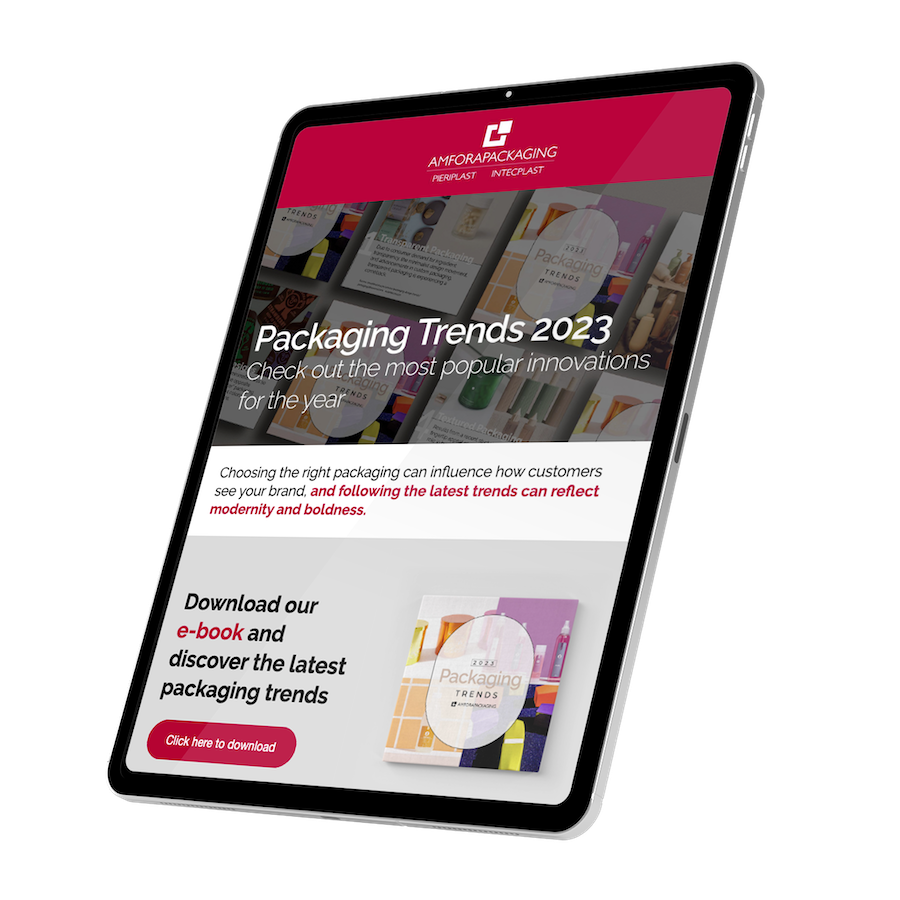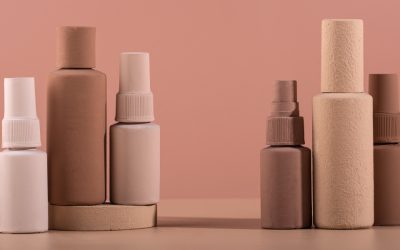How to know if a material is truly recyclable?
Concerns about the environment and sustainability have led many people to seek ways to reduce their impact on the planet. That’s why at Amfora Packaging we are committed to helping our customers preserve the environment by developing recyclable packaging. But how do we know if a container and its materials are recyclable?
In this article, we will explain the criteria that must be considered to determine if a plastic container or material can be fully recyclable.
Among the elements to consider are the following:
1. The recycling process available in the country or location
Depending on the location or country, the process for disposing of plastic waste may vary. Within the different recycling processes, we find:
- Mechanical recycling: Consists of transforming plastic waste from a jar into raw material or secondary products without significantly changing the chemical structure of the recycled material. In this process, plastics are separated and categorized by type, then washed, crushed, and pelletized. It is important to note that in this process you can get good quality recycled material to transform into other plastic containers.
- Chemical or molecular recycling: Consists of breaking down polymer molecules into raw materials that allow the creation of new plastic materials. In this process, plastics are liquefied to obtain the chemical component of a polymer, which makes it possible to create new plastic containers almost identical to the originals.
Depending on the recycling process, the material is recyclable to a lesser or greater extent. A plastic container recycled by chemical or molecular process is completely recyclable when compared to a plastic container recycled by a mechanical process.
2. The value-added, maintained or taken from the material.
Not all forms of recycling are equal. There are three types of recycling and depending on the type, they will add or remove value and quality from the recycled material or packaging. They are classified from highest to lowest degree of value as follows:
- Upcycling: It involves creating higher-value products from recycled materials of another product. This is a good alternative to using products or parts of products that would normally be discarded, in order to give them a second life and to create new products with more value than the original. A clear example of this is when we transform plastic bags into plastic boxes.
- Recycling: It involves turning a plastic container or material into a product of the same value from the recycled materials. For example, when used soda plastic bottles are used to create new recycled plastic bottle containers.
- Downcycling: It involves turning a product into another product of lower value than the original product from recycled materials. A good example is when plastic bottles are turned into toys.
Performing upcycling on a material involves prolonging the life of recycled materials while performing downcycling on a material involves reducing the quality of the recycled materials.
3. Manufacturing process
Depending on the manufacturing processes carried out, the container can be considered to a greater or lesser extent a recyclable container:
- Extrusion process: Also known as EBM or Extrusion Blow Molding. This manufacturing process involves melting and molding polymer at a constant flow of pressure and force to obtain the desired shape of a certain polymer for its application. Through this process, products of excellent quality can be obtained, such as water pipes or an HDPE bottle with a blue masterbatch or dye.
- Vacuum metallization process: This process involves adding a thin film of aluminum or other metal coatings to a non-metallic material such as a plastic bottle. It consists of evaporating the aluminum or metal to be used in a high vacuum chamber so that it can subsequently condense homogeneously on the material to be coated.
- Screen printing process: Once the metallization is finished, the container can be taken through a process where different designs or text can be printed on it with ink to give the container a more personalized appearance.
Knowing each of these four criteria to determine whether a container is recyclable to a greater or lesser extent, will help us be conscious when choosing the ideal container to use for our products, especially if we want to be sustainable and contribute to the environment.
In conclusion, a chemically or molecularly recycled container is fully recyclable. A container can be recyclable if it is mechanically recycled and then the parts are used for the inner layer of a recycled bottle. A container can be considered recyclable if mechanical recycling is used and the parts are used to create plastic wood (downcycling). A container will not be recyclable if mechanical recycling is used and the material is added to an undecorated mono-material such as a PET bottle.
Now that you have the knowledge to make good decisions about your products, we want to tell you that at Amfora Packaging we offer a variety of sustainable packaging options. If you are looking for these types of solutions, we can tell you which is the best sustainable container option for your products. What are you waiting for?
Contact one of our advisors and learn more about how you can contribute to the conservation of the environment with the sustainable and high-quality containers that you will find on the market.
You may also like
Versatility and Sustainability in Multi-Use Packaging
With over 40 years of experience in manufacturing plastic packaging, lids, and containers for various industries, Amfora has been at the forefront of delivering sustainable packaging solutions. Among our sustainable packaging offerings, mono-material packaging stands...
Reducing Environmental Impact: How Companies Can Implement Refillable Packaging
Learn more about reusable packaging and its relevance in the pursuit of sustainability and the reduction of environmental impact.
Bioplastics, a natural alternative to plastic
Discover eco-friendly packaging options made of recycled materials and sustainable resins at Amfora Packaging.




